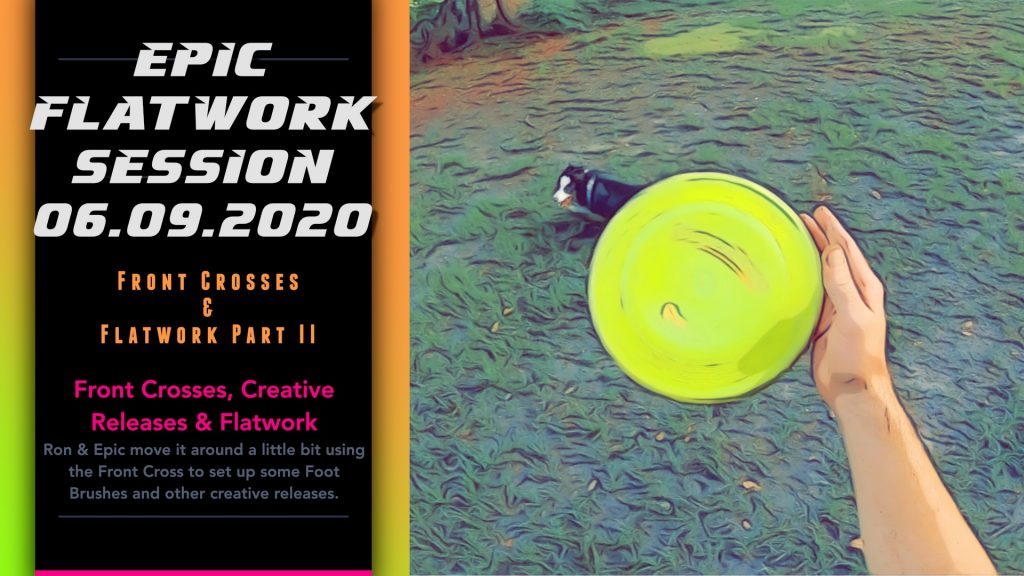
Session Recap | Epic Flatwork & Flow Jam 06.09.2020 Part II
Yesterday’s recap was focused on dialing in the Foot Brush and Weightless throws primarily with the simple clock and counter Go AroundAn Around, or a Go Around is the traditional disc dog set up move. The dog goes around the handler’s body in a clockwise or counter clockwise fashion allowing dog and handler to... More. The actual Flatwork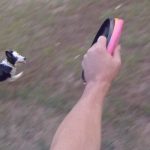 Flatwork is the stuff that happens between the catches. How the team moves and transitions, often without the disc, is flatwork. Flatwork concepts in disc dog are taken from the agility and herding... More, primarily a Front Cross
Flatwork is the stuff that happens between the catches. How the team moves and transitions, often without the disc, is flatwork. Flatwork concepts in disc dog are taken from the agility and herding... More, primarily a Front Cross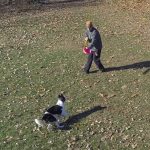 On a Front Cross, your dog switches Flanks in with you in front of them. From Clock to Counter Clockwise Flank or vice versa. Taken directly from the canine agility world, the Front... More, had to be set aside to focus on delivering the throw. Today’s session will include the Front
On a Front Cross, your dog switches Flanks in with you in front of them. From Clock to Counter Clockwise Flank or vice versa. Taken directly from the canine agility world, the Front... More, had to be set aside to focus on delivering the throw. Today’s session will include the Front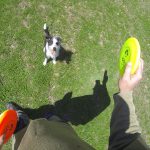 Front is a stable position directly in front of the handler. Front is an traditional obedience skill. Usually your dog sits in this position, but standing is often acceptable as well, especially in... More Crosses and flowing Flatwork and try to make the throws in live play with good placement and timing.
Front is a stable position directly in front of the handler. Front is an traditional obedience skill. Usually your dog sits in this position, but standing is often acceptable as well, especially in... More Crosses and flowing Flatwork and try to make the throws in live play with good placement and timing.
Clock and Counter
In the video, clock and counter are denoted by arrows in the top corner: Green for the Clockwise Flank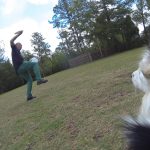 Out to the side of the handler is the Flank. If the dog is out to the handler's right or left the dog is on Flank. If the dog is moving with the... More and Blue for the Counter Clock Flank.
Out to the side of the handler is the Flank. If the dog is out to the handler's right or left the dog is on Flank. If the dog is moving with the... More and Blue for the Counter Clock Flank.
I’ve decided to make the Foot Brush to Eppie on the Clock Flank and will be making the Weightless throw, the spinny one from the palm of my hand, to the Counter Clock Flank.
The Front Cross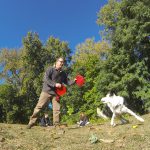 A Cross is an canine agility term that describes a change of working sides. Your dog moves from your left to your right (Heel to Side) or from Clock to Counter. Crosses are... More is used to control the dog’s movement and to get on the proper flank for the next toss. This is not a free flowing or free release pattern, and not a Zig Zag
A Cross is an canine agility term that describes a change of working sides. Your dog moves from your left to your right (Heel to Side) or from Clock to Counter. Crosses are... More is used to control the dog’s movement and to get on the proper flank for the next toss. This is not a free flowing or free release pattern, and not a Zig Zag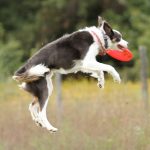 A Zig Zag is a series of catches in smooth succession that forces the dog to move back and forth across the field. Usually performed at a distance of 8-20 yards, the Zig... More. Epic is being turned and guided in on the desired flank after every throw.
A Zig Zag is a series of catches in smooth succession that forces the dog to move back and forth across the field. Usually performed at a distance of 8-20 yards, the Zig... More. Epic is being turned and guided in on the desired flank after every throw.
Shaping and Going With the Flow
This is kind of tough as Eppie is a fairly well balanced dog, meaning he goes both clock and counter pretty easily. The field we’re playing on exerts a lot of pressure on the dog, and Eppie is very likely to go in either direction based upon the direction of the disc on catch and the spot Spot is a “go to a place”, or “go to a mat” behavior. This means that the dog seeks out and performs a duration behavior on a spot of the handler’s choosing. A... More on the field where the catch is made.
Spot is a “go to a place”, or “go to a mat” behavior. This means that the dog seeks out and performs a duration behavior on a spot of the handler’s choosing. A... More on the field where the catch is made.
Planning the throws while working the dog puts a bit of stress on the handler. We’re not just running a pattern, but are working together throughout the entire movement. This puts a lot of stress on the handler and the team to make good reads and good decisions well before any throw is made and puts timing on the back burner until it’s time to throw. There is a reason I chose to simply work from the Go Around yesterday and focus on the delivery of the throws.
Doing all of this handling to switch directions while trying to keep things in frame for the camera and delivering a couple of difficult tosses is a lot to keep track of.
All that said, I felt pretty comfortable with today’s session. It was hard, but totally manageable. Which is a big improvement from the norm and should help us pull this stuff off on the fly in true, unscripted freestyle jams in the future. That would be awesome.
Speed Kills, Eppie… Easy Cheetah…
Eppie is running too hard on both flanks after the Front Cross. I’ve got to slow him down a bit. I’ve got two plans for this:
- Think I’ll use disc placement by throwing slightly behind him on his line and/or too high.
- Freeze the Flank and/or withhold the throw.
Need to Get Out on the Big Field
I need to get out on the “big field”. The pressure of the narrow field that we’re playing on here makes Flatwork patterns a bit weird. We could use some space and lack of pressure to get a bit more of a natural release after catch and a more natural retrieve.
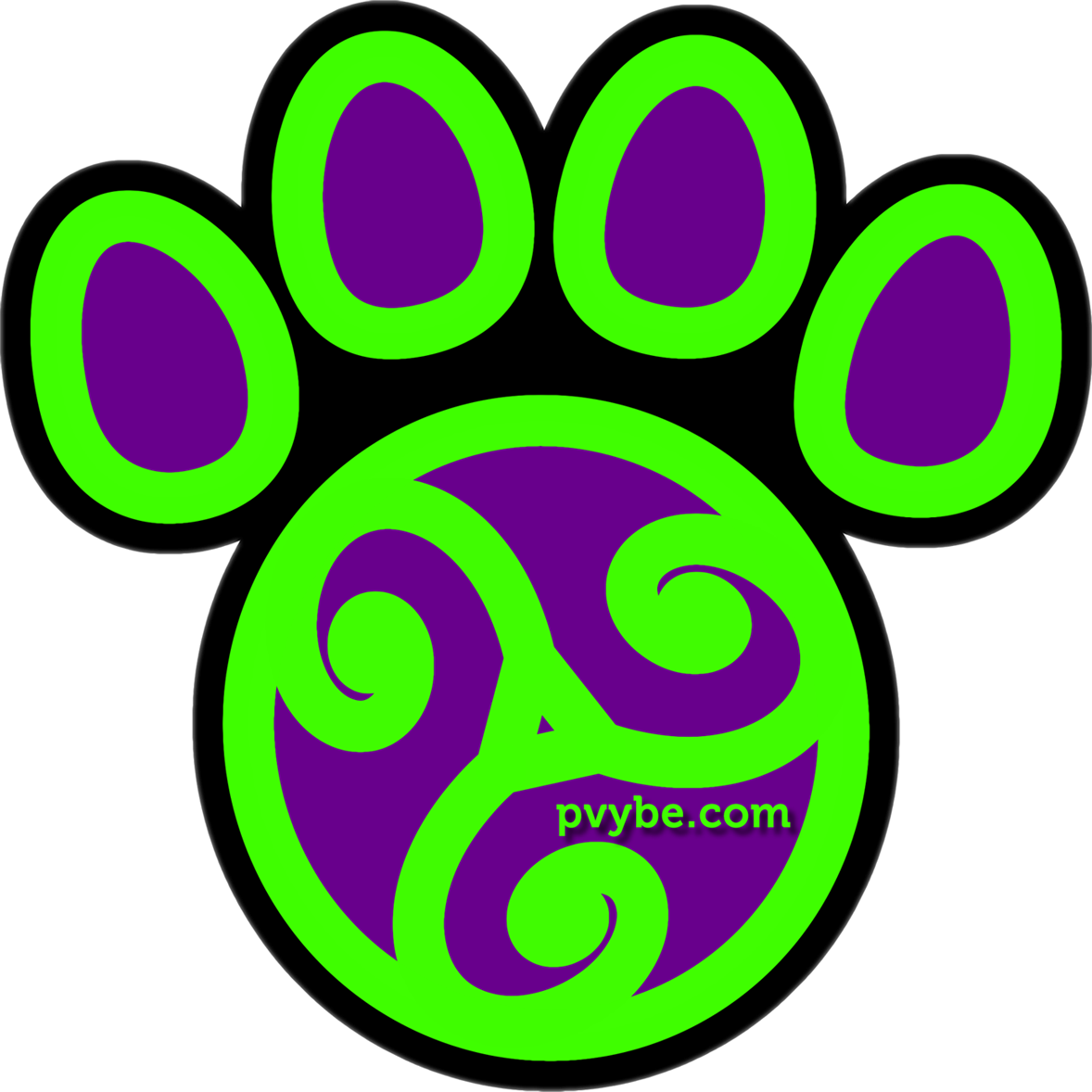


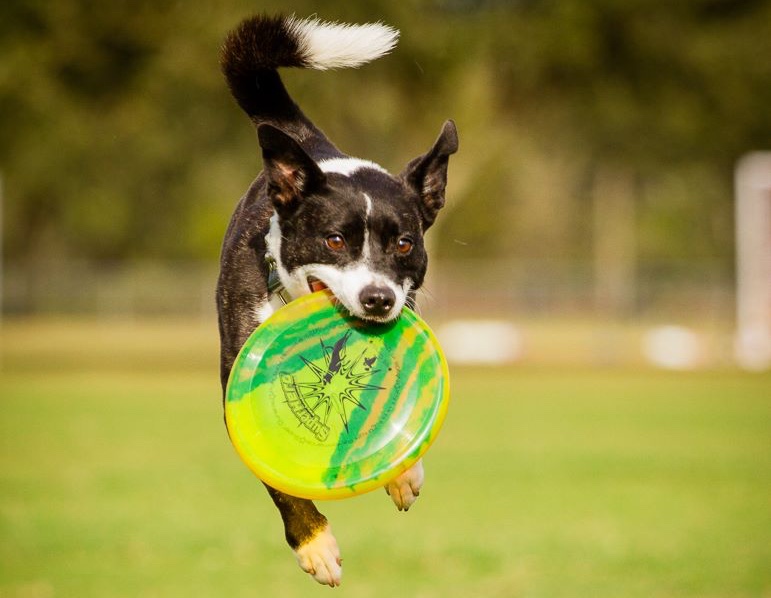

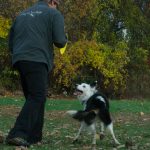

Responses